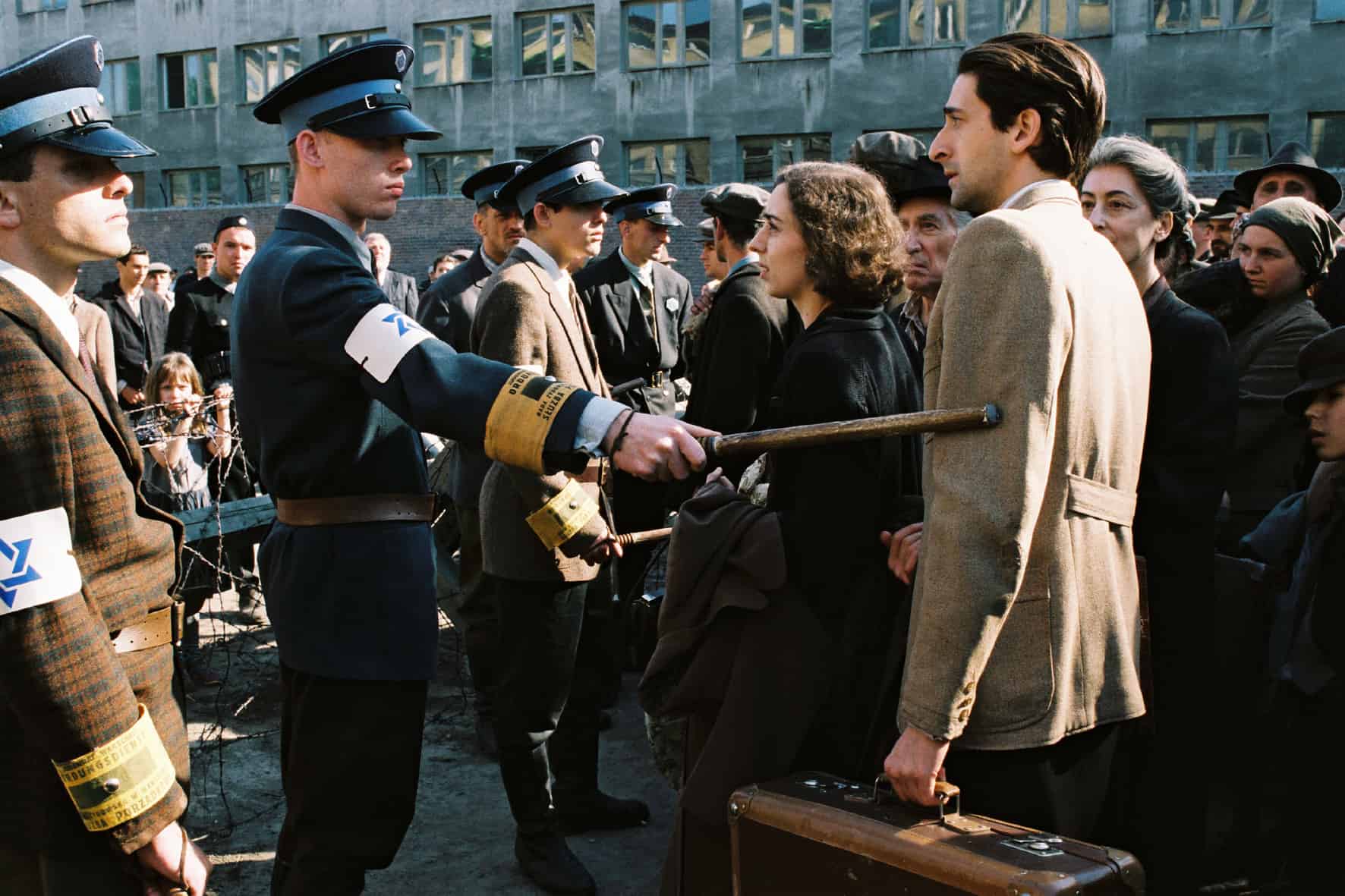The Pianist: A Haunting Depiction of the Holocaust's Impact on One Man's Life
By reading this blog post, you acknowledge and agree to the General Terms and Conditions of Blogging set forth by the Author. These Terms and Conditions govern all content provided by the Author and form an integral part of every blog post. Please review the Terms and Conditions to understand your rights and responsibilities as a Reader. By continuing to engage with this content, you confirm your acceptance of these Terms and Conditions, including the limitations of liability and jurisdictional provisions. If you have not read or do not agree with these Terms and Conditions, please refrain from using this blog.
Introduction
“The Pianist” (2002), directed by Roman Polanski and based on the autobiography of Władysław Szpilman, is a harrowing and poignant portrayal of the Holocaust’s impact on one man’s life. The film explores the struggle for survival and the loss of humanity during one of history’s darkest periods, showcasing the transformative power of music amidst chaos and tragedy. This essay delves into the film’s themes, visual aesthetics, and emotional resonance, illustrating how “The Pianist” transcends its historical context to impart a timeless message about resilience and the human spirit.

Themes
1. Survival and Resilience
The core theme of “The Pianist” is survival and the resilience of the human spirit. As a Jewish pianist in Warsaw during the Holocaust, Szpilman (played by Adrien Brody) navigates a treacherous and brutal world, witnessing the horrors of Nazi occupation firsthand. The film captures his emotional journey, demonstrating how he uses his resourcefulness and courage to evade capture and remain alive.
2. The Power of Art and Music
Another central theme in “The Pianist” is the transformative power of art and music. Throughout the film, Szpilman’s passion for music serves as an emotional anchor that helps him maintain his humanity and sanity. Despite the unimaginable circumstances, his love for the piano provides solace and a sense of purpose, reminding viewers of the enduring power of artistic expression in even the most trying times.
Visual Aesthetics and Cinematography
“The Pianist” is visually arresting, with its depiction of war-torn Warsaw evoking the horrors of the Holocaust. The film’s cinematography, by Pawel Edelman, employs a muted color palette, amplifying the bleakness of the environment and the characters’ plight. The camera often lingers on the devastated cityscape and the faces of the oppressed, emphasizing the scale of destruction and human suffering. These stark images remain etched in the viewer’s mind, highlighting the film’s emotional impact.
Emotional Resonance
“The Pianist” elicits a range of emotions, from empathy to anger and heartbreak. The film’s raw portrayal of the Holocaust’s horrors and the human capacity for cruelty is deeply unsettling. As Szpilman, Adrien Brody delivers a haunting and nuanced performance, capturing the emotional toll of his character’s journey. The film’s quieter moments, such as Szpilman’s chance encounters with other survivors, remind viewers of the flickering hope that persists even in the darkest times.
Conclusion
In conclusion, “The Pianist” is a powerful and poignant film that delves into the Holocaust’s impact on one man’s life. Through its exploration of themes such as survival, resilience, and the power of art and music, the film transcends its historical context to convey a timeless message about the indomitable human spirit. The film’s visual aesthetics and emotional resonance further enhance its impact, leaving viewers with a haunting and unforgettable portrayal of the Holocaust and its lasting effects on the lives of those who endured it.